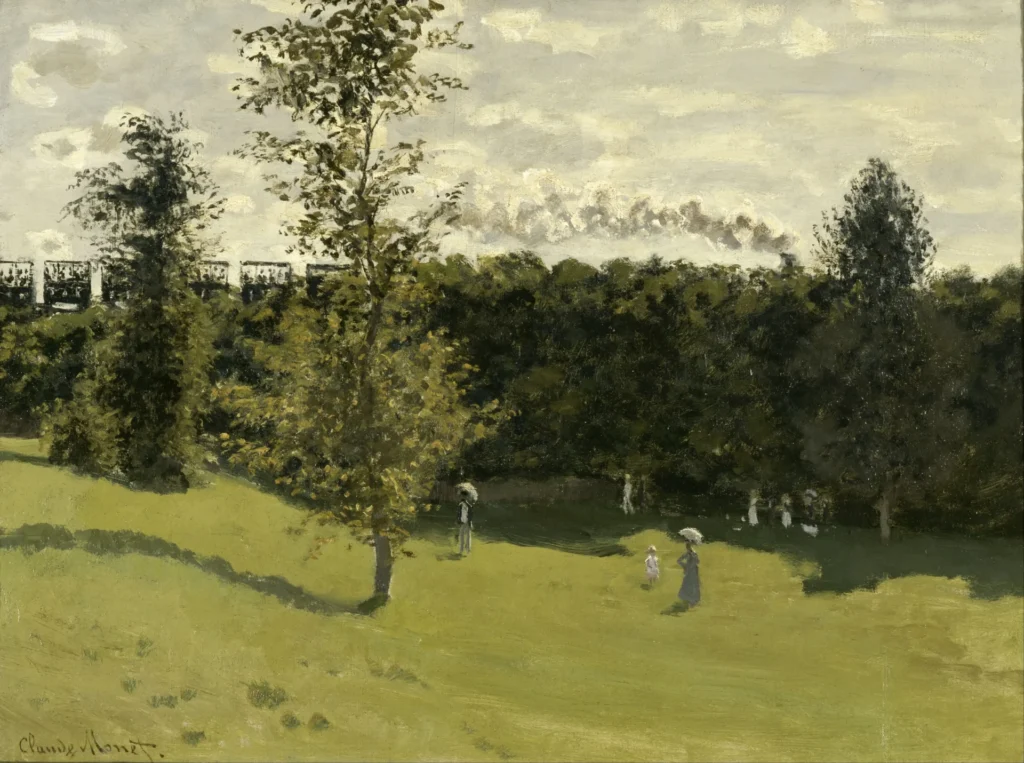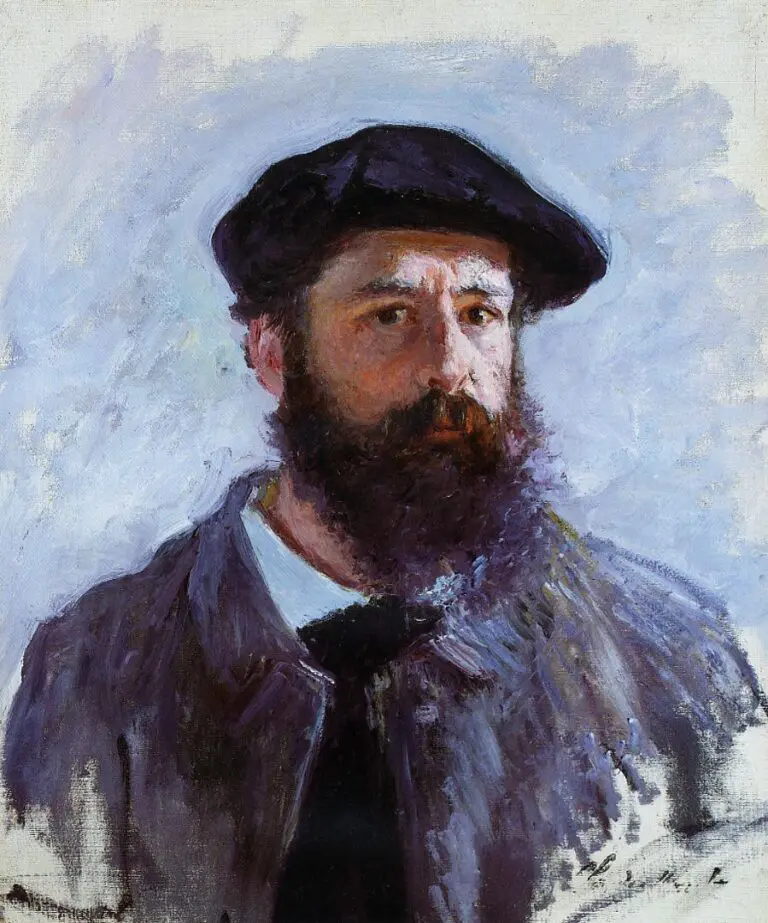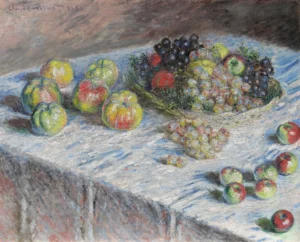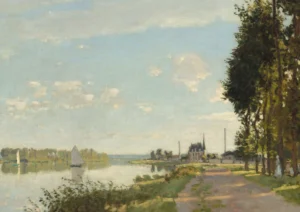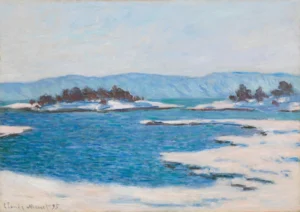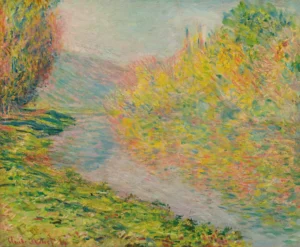Train in the Countryside (1870)
Created between 1870 and 1871, Claude Monet's Train in the Countryside exemplifies the Impressionist style of landscape painting. The artwork features a train moving through a serene rural setting, encapsulating the beauty of nature while acknowledging the advancing industrial age. Monet's masterful use of color and light invites viewers to experience the tranquility of the countryside amidst the growing presence of mechanization. This painting is a perfect representation of the artist's intent to portray fleeting moments of daily life and the changing modern landscape.
1870 - 1871
About the Artwork
Train in the Countryside was crafted during a transformative period in France, reflecting the socio-economic changes brought about by the Industrial Revolution. As trains began to crisscross the countryside, they became symbols of progress, and Monet, as an avant-garde artist, sought to capture this new reality. The painting illustrates his signature technique of applying loose brushstrokes to express light and movement, creating a vibrant atmosphere. Monet's fascination with the interaction between natural and man-made elements is evident, as the train gracefully melds into the picturesque landscape, highlighting the harmony or tension between nature and modernization.
Did You Know
Liked what you see? Add it to your collection.
Enjoyed reading? Share it.
... continued
Date
The painting is dated to the period between 1870 and 1871.
Style and Genre
It is an example of Impressionist art, falling under the landscape genre.
Media and Dimensions
The painting is executed in oil on canvas and measures 65 x 50 cm.
Location
The original work is housed at the Musée d'Orsay in Paris, France.
Artist
Claude Monet, a prominent figure in the Impressionist movement, created this work. He was born in 1840 and died in 1926.
This painting captures a moment of everyday life, depicting a train passing through a rural landscape, which was a common theme in Monet's work as he often focused on modern life and its interactions with nature.




